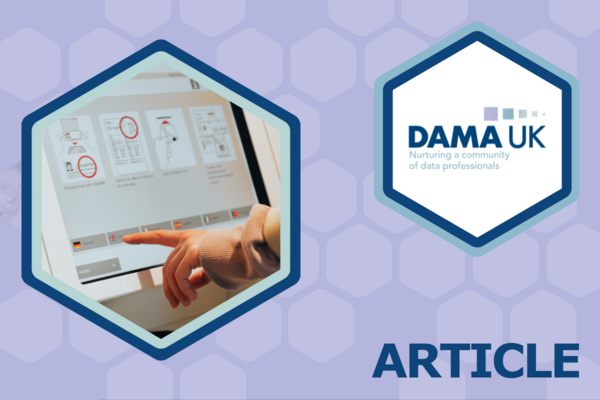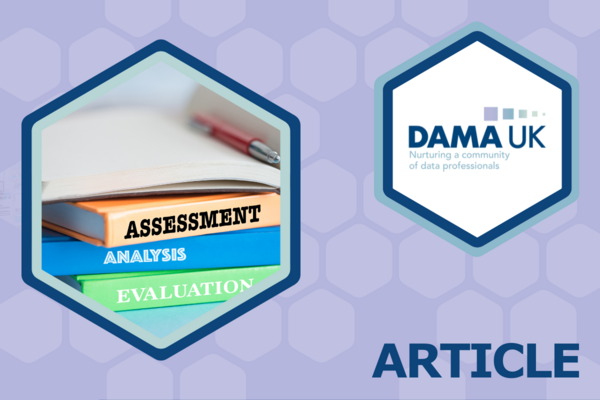
Self-service data tools: What, Why, and How?
Self-service analytics and data preparation tools enable users to access, prepare, and analyse data without needing to rely on IT experts or data scientists. These tools bridge the gap between raw data and actionable insights and allow business users to make informed decisions using an intuitive interface. In today’s fast-paced data-driven business landscape, being able to make data-informed decisions swiftly and effectively is key.
In this article, we aim to delve into what these tools are, why they benefit businesses, and how to implement them.
Features of Self-Service Data Tools
Self-service data tools are like the Swiss Army knives of data analytics, offering a wide variety of features to make any user’s analytics journey a smooth one. Let’s take a look at some key features commonly found within self-service data tools:
- Intuitive interface: These tools boast an intuitive interface designed to meet the data needs of all users, making them easy to learn without the frustration of requiring a deeper technical understanding.
- Connectivity with multiple data sources: Whether your data resides in an internal network or on the cloud, self-service data tools commonly seamlessly integrate with various data sources, enabling smooth integration across different platforms.
- Data visualisation and interactive dashboards: By leveraging these tools, users can create compelling visualisations of data, making it easier to communicate with stakeholders and glean actionable insights.
- Real-time monitoring and KPI tracking: Real-time tracking of performance indicators means that users can stay updated on critical metrics, and use the most current data within their analytics.
- Security and governance controls: While self-service data tools allow users to have a deeper look at the data within your organisation, most tools have robust security and governance measures to ensure that data integrity and regulatory compliance remain intact.
- Desktop or mobile availability: Many tools offer mobile applications, extending the accessibility of analytics for users who are on the go.
- AI-powered capabilities: These tools harness the power of artificial intelligence, offering features like natural language search, predictive analytics, and forecasting to enhance data exploration.
Business Benefits of Self-Service Data Tools
There are several benefits to using self-service data tools within your organisation. However, one of the main objectives of this technology is to empower non-technical users to harness the power of data. The aim is to break down barriers that typically impede data manipulation for those without technical expertise and this democratisation of data fosters a culture where decision-makers are not only consumers of data but also contribute to the data lifecycle within an organisation, enabling users to independently shape data to their specific needs.
In a fast-paced environment, self-service data preparation can act as a catalyst, reducing the time it takes to derive actionable insights for data and using self-service data tools ensures that decision-makers are working with the most up-to-date information. This leads to a more agile and responsive analytical environment, allowing for a 360-degree view of data within an organisation, as well as more easily breaking down data 'silos' that naturally occur between teams.
Moreover, self-service data tools also facilitate and encourage data exploration, allowing regular users to navigate through data sets and ask different questions without being confined to pre-determined reports or a limited scope of data. With more freedom, users are encouraged to delve deeper into patterns, trends, and outliers that may have previously gone unnoticed. Fostering a culture of data curiosity is key to a more nuanced understanding of business dynamics and opens the door to innovation within any team!
Implementing Self-Service Data Tools
Embarking on the journey of implementing self-service data tools requires a keen understanding of the existing data environment. Before proceeding with implementation, here are some things to consider:
- Assess the existing data infrastructure, quality, and accessibility: It’s important to evaluate and identify where current data strengths and weaknesses are. This will help you ensure that your data meets the required standards before implementing self-service tools. It’s also important to check if there are any limitations or barriers to accessing data that need to be addressed before implementation.
- Examining users’ needs and tool requirements: Understand the needs of the user before deciding which self-service analytics and preparation tools to implement. It’s also important to determine different access requirements of user groups based on their roles and responsibilities.
- Deciding implementation approach: Considering whether it is best to carry out implementation in a phased approach or as a complete overhaul is crucial. Planning the rollout strategy, including timelines and key milestones, could prevent future challenges.
- Training strategy: One of the biggest challenges in implementing a new tool is ensuring users are proficient in its use. Developing a comprehensive training programme that suits different learning preferences, whether it’s in-person or via online modules is a good way to make sure all users feel confident with a new tool. It’s also important to consider repeated hands-on training sessions for developing skills further or reinforcing lessons previously learned.
- Governance policies and guidelines: It’s essential to set up clear guidelines for using tools that fall within existing data governance frameworks. This includes identifying roles, responsibilities, data access levels, protocols for data sharing, and security measures to maintain data integrity.
Challenges in Implementing Self-Service Data Tools
Even with all this in mind, the implementation of self-service data tools can present challenges. For instance, adherence to GDPR regulations is a significant challenge, as it requires specific training for users in the context of a new tool to ensure that data security and privacy standards continue to be maintained.
The training and skill development requirements of using a new tool can be time-consuming. Some individuals may find a tool less intuitive than others, further complicating the learning process. Additionally, when self-service data tools undergo updates, it may be necessary to have further training sessions.
Self-service tools allow individuals much deeper access to data, so one thing to keep in mind is maintaining data integrity and quality. It is essential to put restrictions in place to prevent any changes to raw data that may lie in data warehouses or data lakes. Defining clear stewardship roles, establishing data preparation standards, and monitoring user activity are necessary to prevent any unauthorised and unwanted alterations.
Encryption protocols and maintaining data governance standards pose significant challenges. Encryption is crucial for safeguarding sensitive data, ensuring that data remains secure and protected. It is essential to remember that self-service does not equate to self-sufficiency, emphasising the need for continuous oversight and governance.
Self-service data tools are revolutionising the way businesses interact with their data, empowering users of all levels to explore and find insights independently. By breaking down these barriers to data manipulation and analytics and fostering a culture of data curiosity, these tools pave the way for more informed decision-making and a deeper understanding of business dynamics, though not without facing the challenges of implementation.
Looking ahead, the future of self-service data tools is only growing. Artificial intelligence and machine learning integration will further enhance data exploration capabilities for less technically inclined users, allowing them to identify patterns and trends more easily. As businesses continue to embrace digital transformation, cloud-based tools and solutions will provide enhanced flexibility and scalability. Embracing self-service data tools will undoubtedly prepare businesses for a future of data-driven success.
Sources:
https://www.jaspersoft.com/articles/what-is-self-service-data-preparation
https://atlan.com/what-is/self-service-data/
https://www.thoughtspot.com/data-trends/analytics/self-service-analytics#SA4
.png)





